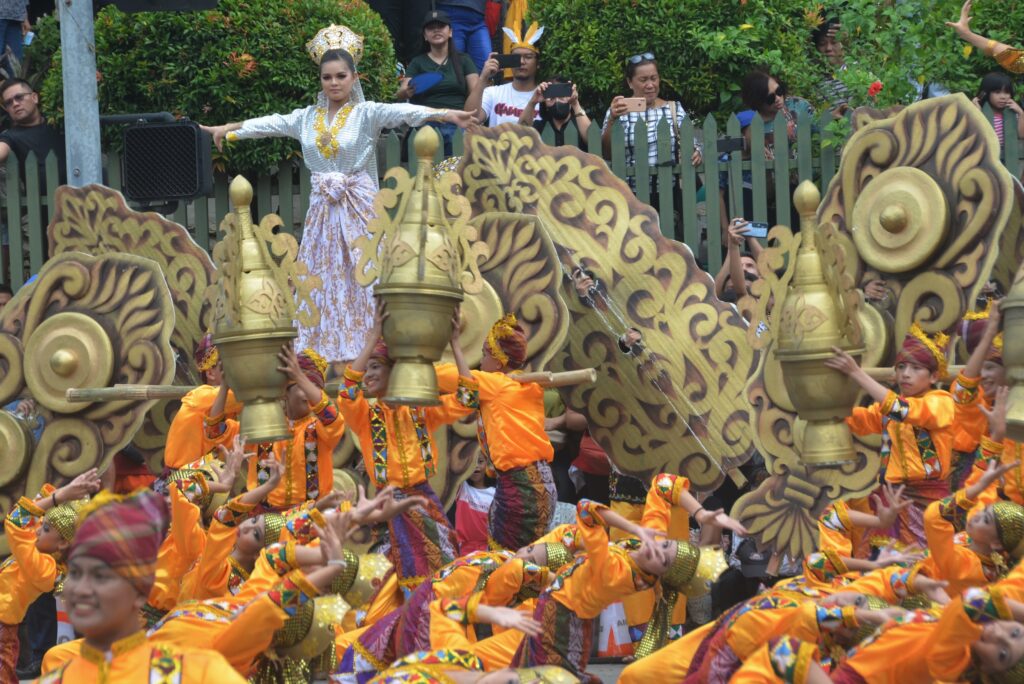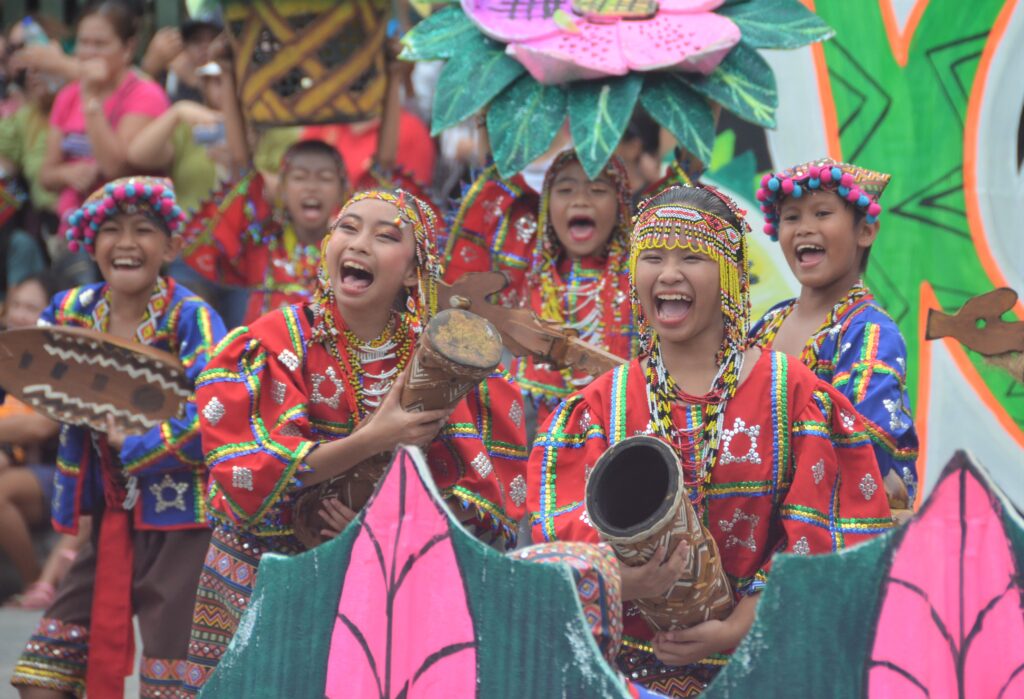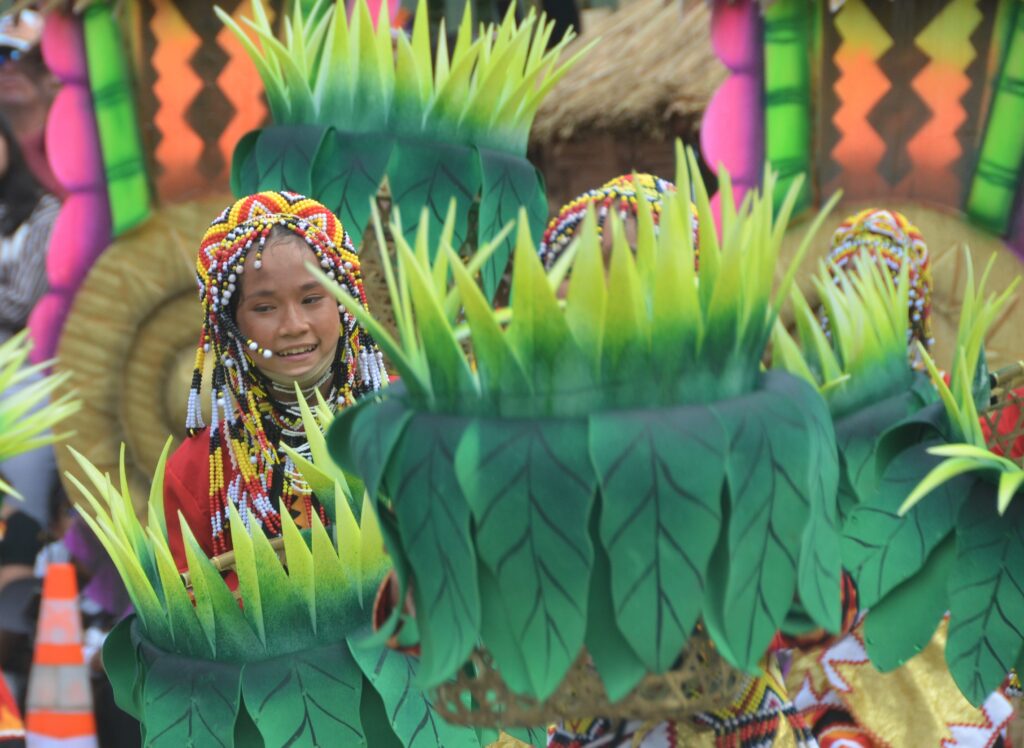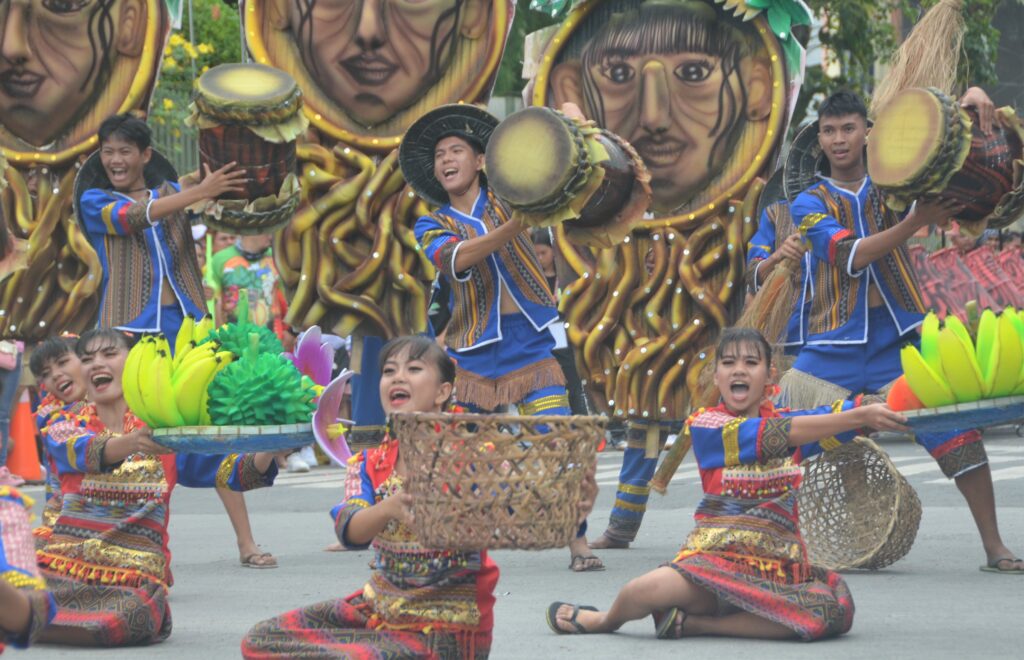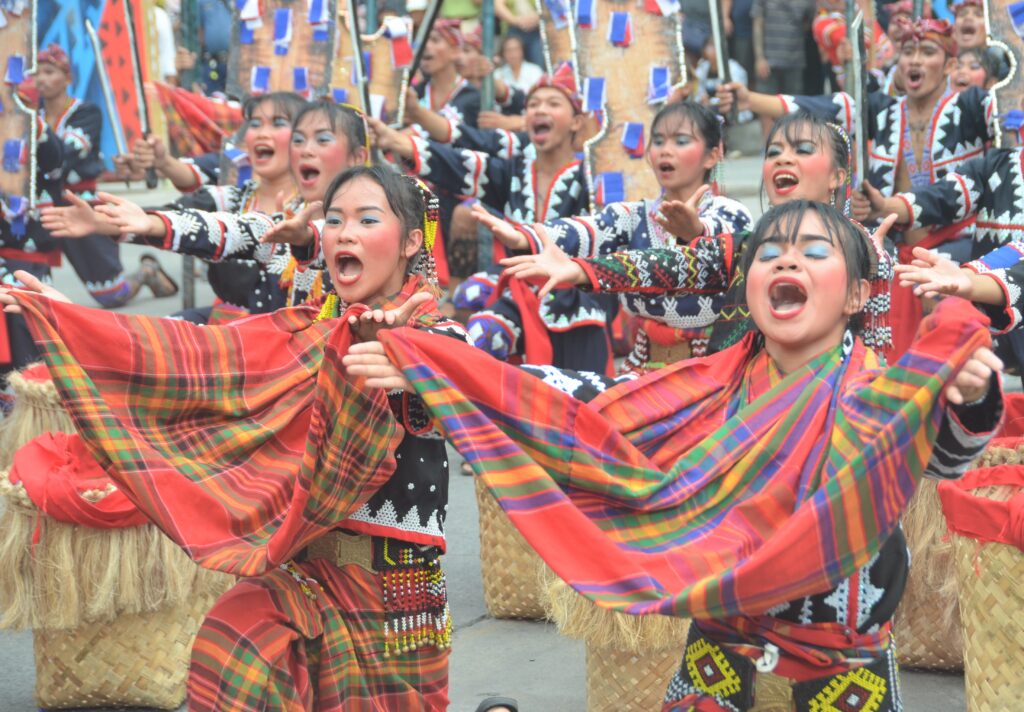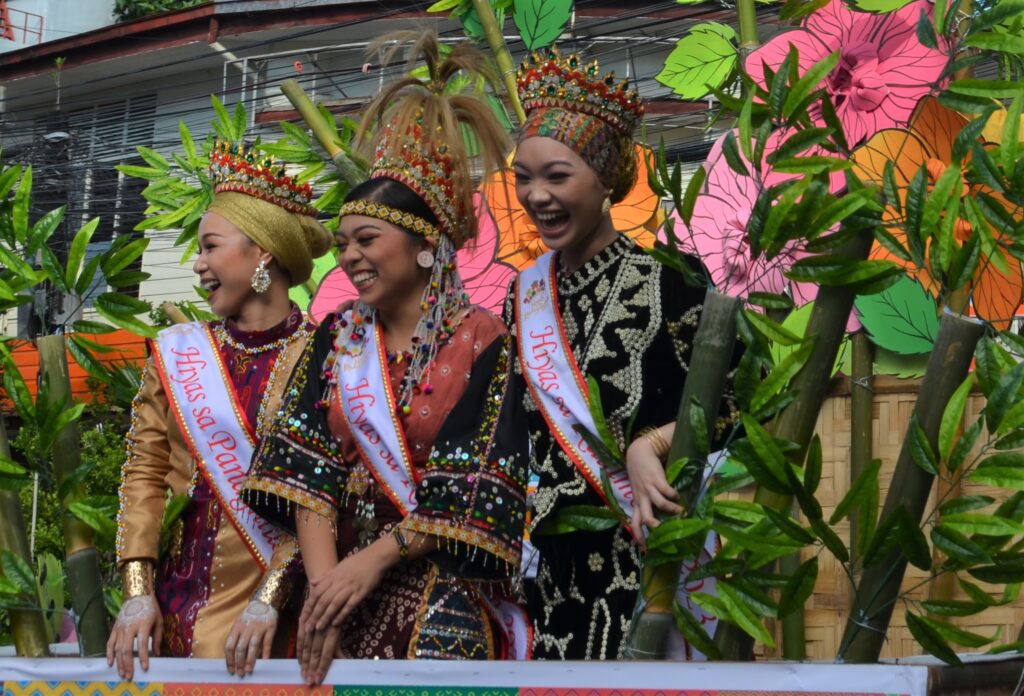Text and Photos by Henrylito D. Tacio
Finally, the Kadayawan sa Dabaw, touted to be the festival of all festivals in Mindanao, was over. The official festivity of Davao’s most colorful and bonggacious celebration started last August 10 and ended on August 20.
“I believe this year’s festival excitement in the air stemmed from the longing of the community to reconnect, celebrate and mingle without hesitancy, fear and unnecessary worries,” said Jojie Alcantara, one of the most celebrated photographers of Davao City.
The three most anticipated events were Hiyas ng Kadayawan, Indak-Indak sa Kadalanan, ang Pamulak sa Kadayawan.
Kristine Claire Tar of the Bagobo-Klata was crowned Hiyas ng Kadayawan last August 17. “Hiyas sa Kadayawan is a great avenue for us to show not only for our strength as a tribe but to show as a woman that we are powerful, we have a voice, and that we are talented,” she answered when asked the question: “How does Hiyas sa Kadayawan empower the women of Davao City?”
“The Hiyas sa Kadayawan,” she further explained, “is a showcase of different diversity, the unique beauties of the 11 ethnolinguistic tribes of the city. It is a way for us to showcase our uniqueness and our diversity, and I am an example for that.
“I, as a Hiyas, have experienced the great opportunity to show and share my voice, in sharing my advocacy and my plans as a tribal youth president, and as a woman,” Tar concluded her answer.
The streets were filled with dancers on the 19th as contingents from the city itself and even those from other provinces of Davao and even other regions executed Indak-Indak sa Kadalanan. Some streets of the city were literally on fire as street dances stomped their feet, swayed their hips, and shouted with their loudest voice ever during the event. Moving colors – mostly red, yellow, orange, and green – flooded the streets.
In the Davao City School-Based Category, the Davao City National High School (Sining Sayon Dawet Cultural Ensemble) emerged the grand winner of P1 million. It also won the Best Music, Best Choreographer, and Best in Visual Appeal.
Second place went to Catalunan Pequeno National High School (Sining Mananayaw Ensemble) getting a cash prize of P500,000. Third place was Lapulapu Elementary School Performing Arts Company and brought home a P250,000 cash prize.
The fourth and fifth placers were Lacson Integrated School (Tribung Lacson Performing Arts Ensemble) and Mabini National High School (Apo Duwaling Dance Company), respectively.
In the Open Category, the grand winner of P1 million cash prize was Sindac Anib Performing Ensemble from Bislig, Surigao del Sur. It also coveted the Best in Music and Best Choreographer.
The second place was Tribung Manganahay – Matiao National High School Special Program in the Arts from Mati City, Davao Oriental. It also won the Best in Visual Appeal. Winner of the third place was Landan National High School Performing Arts Group from Polomolok, South Cotabato.
The two other winners were Banayan Performing Arts from Banaybanay, Davao Oriental and Agusan del Sur Artists’ Guild, fourth and fifth places, respectively.
The following day, on August 20, the Pamulak sa Kadayawan was held. Winners of the Daku Category were: The Davaoeño Spirit by Aeon Luxe Properties, Inc., grand winner; The Fruits of Love and Caring the Nature, Kahayas sa Kalipay by XVI Global Holding B.V., second place; and Fly with the Champions by Philippine AirAsia, Inc., third place.
In the Small Category, the winners were Del Mar Painitan, grand winner; Communities Davao Inc. Camella Davao, second place; and Alorica Teleservices, Inc., third place.
Winners of the Lahi Category were Tahawrog Tribe Marilog District, grand winner; Davao Horse Club, second place; and Blackhawk Extreme Riders of Davao, Inc., third place.
“Always in awe with the beautiful floats of Pamulak sa Kadayawan, leaving you with lasting memories of joy, gratitude, and a profound appreciation for the wonders of the festival of festivals,” wrote Willenito Tormis, Jr. in his social media account.
But veteran journalist Aurelio Peña observed otherwise. “Kadayawan ’23, so far, cannot compare with the Kadayawan of the earlier years when one can see and feel the pomp and excitement in the air along the streaming streets of this southern city,” he said.
“Event organizers or KF executive committees assigned to plan, organize, coordinate, and execute every detail of this yearly festival, are all itching to revise and change almost everything that makes this festival successful year after year,” he added.
The festivity actually started in the 1970’s when then Mayor Elias B. Lopez initiated tribal festivals featuring the lumad (native) and the Muslim tribes of Davao City where they showcase their dances and rituals of thanksgiving. It was then called “Apo Duwaling,” in honor of the three royalties for which Davao is famous for: Mount Apo, durian, and waling-waling.
In 1988, Mayor Rodrigo Duterte renamed “Apo Duwaling” to “Kadayawan sa Dabaw.” Kadayawan is derived from the friendly greeting “Madayaw,” a term taken from a Dabawenyo word dayaw which means “good,” “valuable,” “superior” or “something that brings good fortune.” – ###
